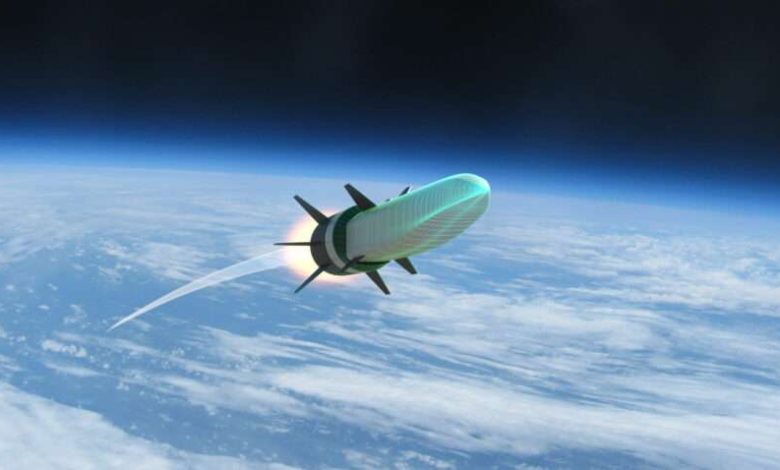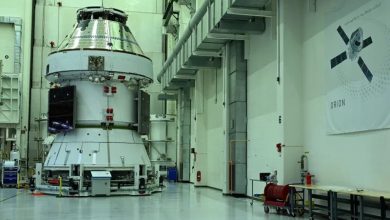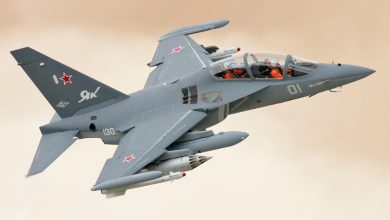
Raytheon’s Hypersonic Cruise Missile Soars Through Successful Test Round Two
A hypersonic cruise missile co-engineered by Raytheon Technologies has successfully completed its second consecutive flight evaluation, marking a significant achievement in the U.S. Department of Defense’s initiative to deploy armaments that operate at velocities exceeding five times the speed of sound.
The evaluation, performed in July 2022, involved a Hypersonic Air-breathing Weapon Concept, enhanced by subtle refinements influenced by its previous successful test in September 2021. Its performance during this latest trial – where it was released from an aircraft and gained speeds surpassing Mach 5 – aligned with the projections of the company’s data models.
“Enhancing our nation’s hypersonic capabilities is a vital national priority, and this marked a key advancement,” stated Wes Kremer, President of Raytheon Missiles & Defense, a division of Raytheon Technologies. “Achieving back-to-back successful flight evaluations instills even greater confidence in the technical progression of our HAWC operational prototype.”
The HAWC initiative is a collaborative endeavor between the U.S. Defense Advanced Research Projects Agency and the U.S. Air Force.
The HAWC missile utilizes ambient oxygen for propulsion. Northrop Grumman engineered its scramjet combustor and a segment of the flow path. This system exemplifies one approach Raytheon Technologies employs across the industry to expedite hypersonic advancements, merging established technologies with innovative strides in thermal management, propulsion, and sensing.
Hypersonic weaponry necessitates innovative design solutions as their speed and agility impose demanding operational conditions. To swiftly develop and validate the system, the company has leveraged digital engineering, specifically modeling and simulation, in conjunction with ground testing.
Digital engineering “facilitates the discovery of new materials, manufacturing methods, and aerodynamic forms capable of enduring extreme circumstances while delivering necessary performance. It plays a central role in our flight test achievements,” Kremer explained.
The recent evaluation follows the Raytheon Technologies/Northrop Grumman team’s inaugural flight test of a HAWC missile in 2021. Nonetheless, numerous evaluations have been conducted in the digital domain, yielding valuable insights utilized to predict real-world performance.
These digital models, grounded in actual flight data, are currently being employed to precisely forecast and enhance performance as the weapon concept evolves.
As the reliability of models improves across the sector, so too does the assurance that a correlation can be established between the digital simulations and actual outcomes.
“It’s challenging to replicate the most sophisticated threat scenarios in the real world, particularly with hypersonics. However, we possess the capability to model a hypersonic flight regime,” Kremer noted.
Digital environments empower engineers to accelerate learning and adopt iterative processes more economically compared to constructing and testing physical hardware.
“Progress in artificial intelligence, machine learning, and big data equips us to scale capabilities in ways previously unfeasible,” Kremer remarked. “That illustrates the strength of digital engineering.”
Alongside innovative collaborations, digital engineering is enabling Raytheon Technologies to transition advanced hypersonic capabilities from laboratories into testing environments, ultimately empowering warfighters with enhanced speed and effectiveness.
The latest evaluations position the companies to provide an operational prototype system to the U.S. Department of Defense.






